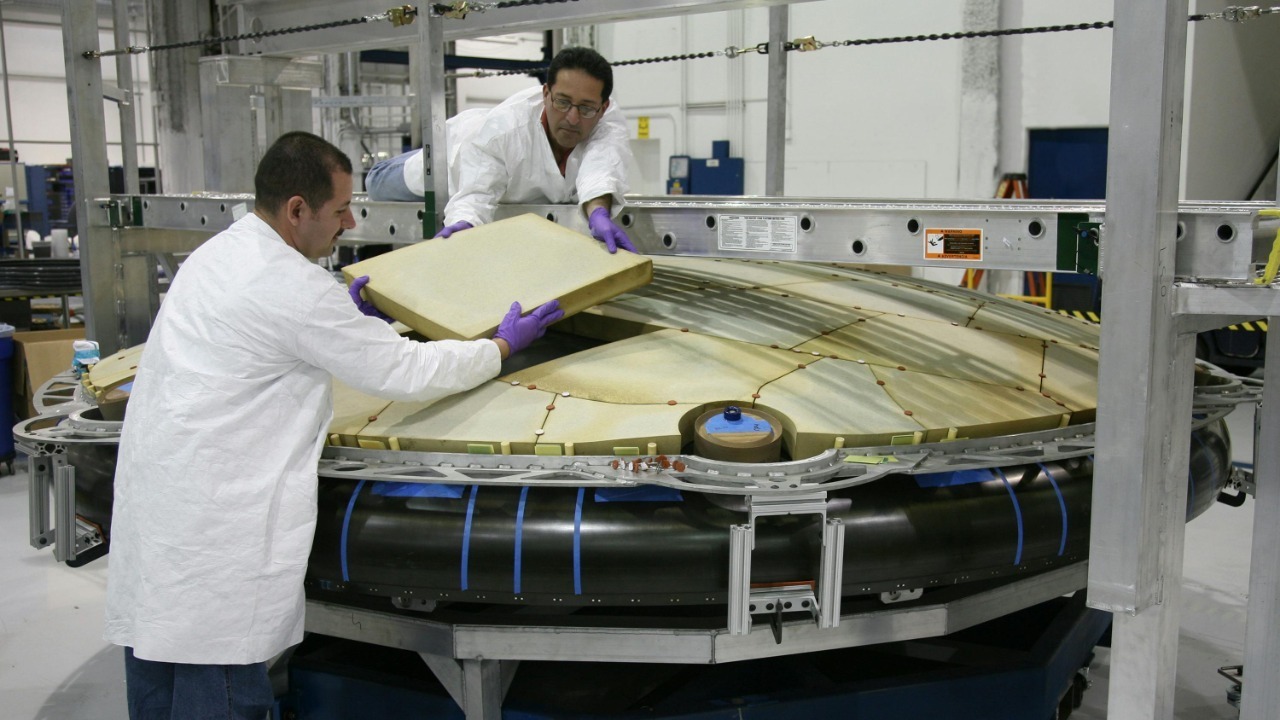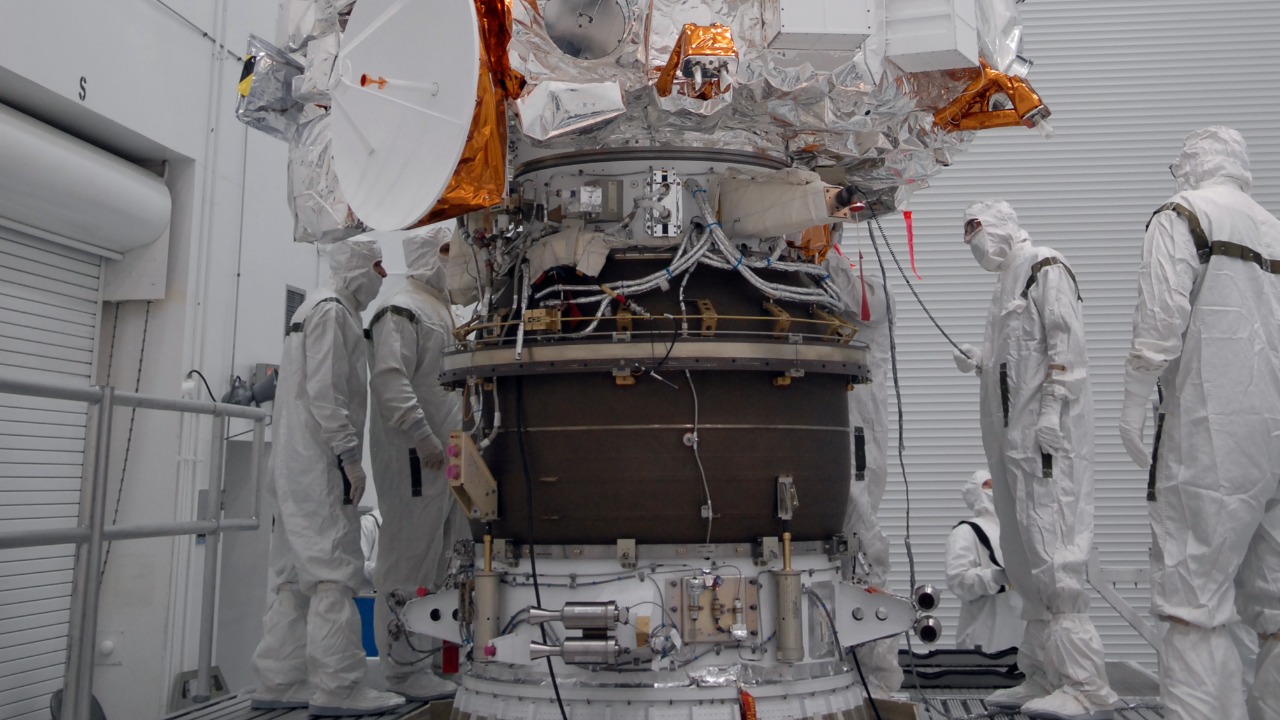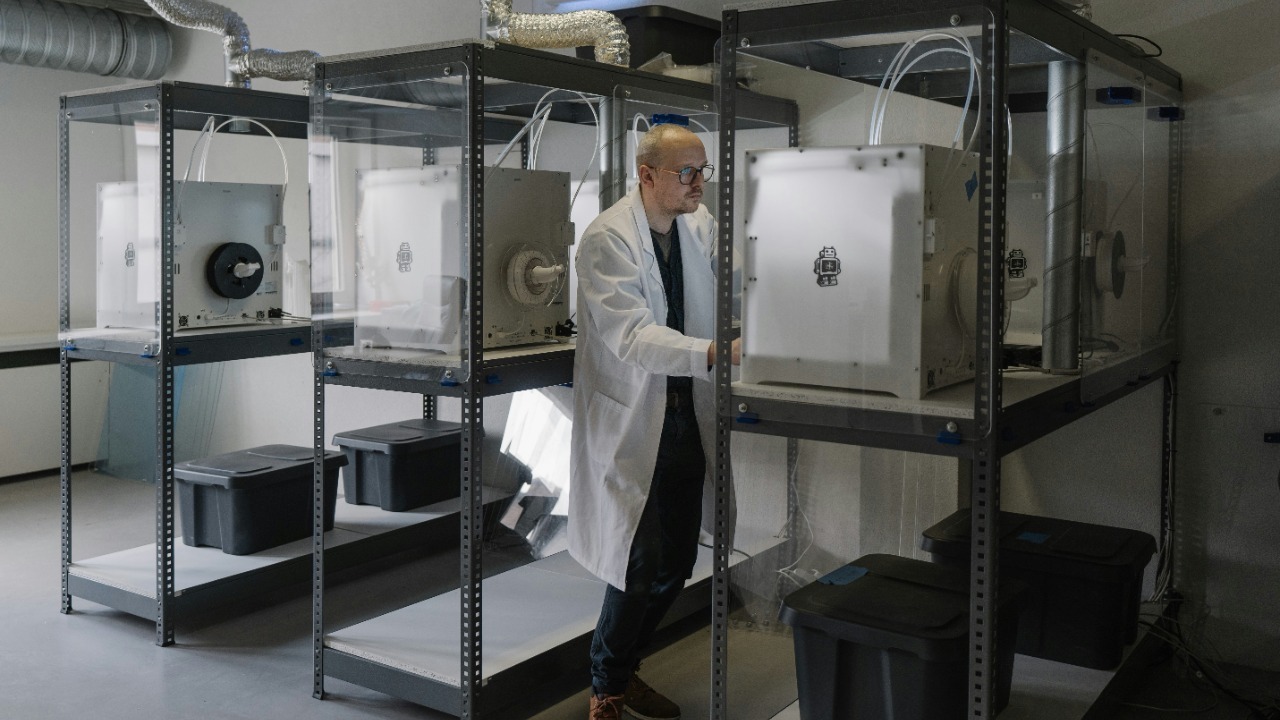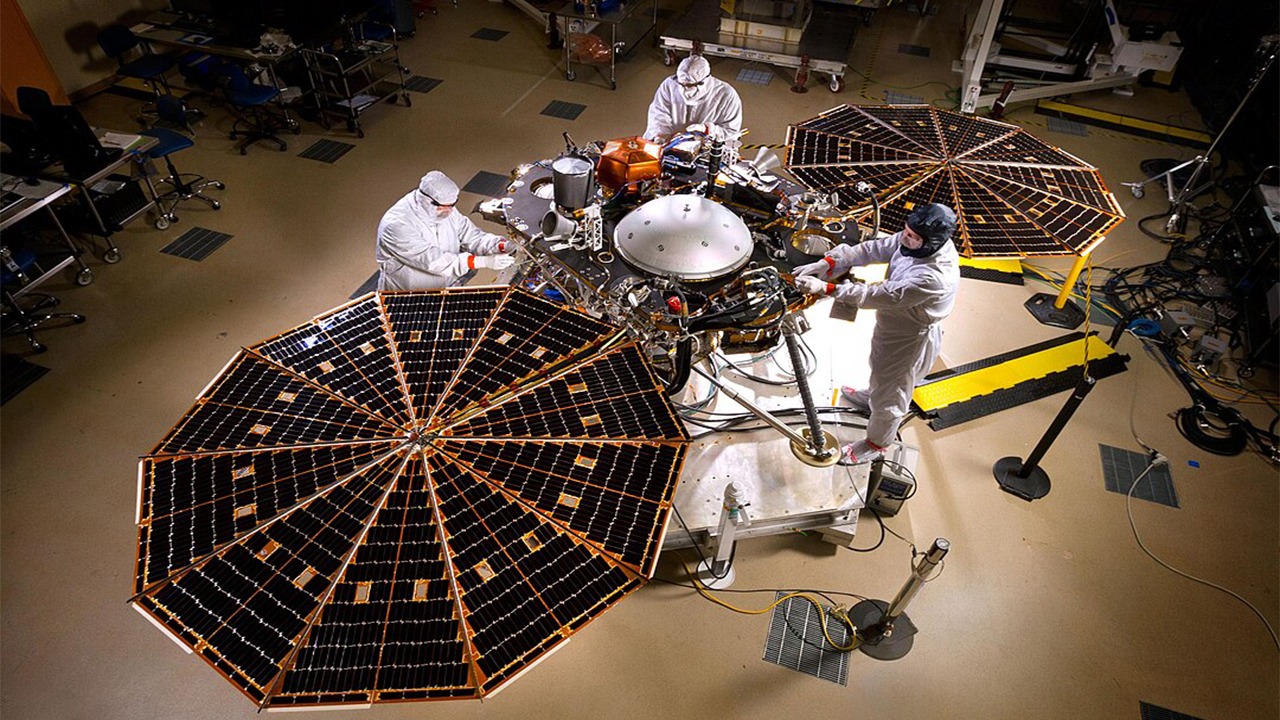
Quantum teleportation, once a concept relegated to the realm of science fiction, has transitioned into scientific reality. This groundbreaking advancement is reshaping our understanding of quantum mechanics and holds promising implications for the future of technology and communication.
Understanding Quantum Teleportation

Quantum teleportation is a process by which the state of a quantum bit (qubit) is transferred from one location to another without physically moving the qubit itself. This remarkable feat is not akin to the instant travel of objects or people that we see in science fiction. Instead, it involves the transmission of information about the quantum state, which is then reconstructed at the destination. The cornerstone of this process is quantum entanglement, where two particles become interconnected in such a way that the state of one instantly influences the state of the other, regardless of the distance separating them.
Historically, the theoretical groundwork for quantum teleportation was laid in the 1990s, with the first successful experiments conducted shortly thereafter. The concept was initially proposed by a group of physicists, including Charles Bennett and Gilles Brassard, who outlined how entangled particles could facilitate the transfer of quantum states. Since then, numerous experiments have been conducted to refine the process, achieving greater distances and accuracy. These developments have paved the way for the recent breakthroughs that are bringing quantum teleportation closer to practical application.
Recent Breakthroughs and Experiments

Recently, a team of British scientists made headlines with their quantum teleportation experiments, which have been hailed as a significant milestone in the field. By utilizing cutting-edge technology and sophisticated methodologies, they successfully transferred quantum information between distant locations with unprecedented fidelity. This achievement has not only confirmed the theoretical predictions but also demonstrated the potential of quantum teleportation for real-world applications. For further details, one can explore their work on quantum teleportation achieved by British scientists.
Another intriguing development in quantum research is the ability to reverse the flow of time on a quantum level. This breakthrough, although not directly related to teleportation, has profound implications for the field. By manipulating quantum states, scientists have been able to simulate conditions where time appears to move backward, offering new insights into the nature of time and information transfer. These advancements are interconnected with teleportation, as they both rely on the manipulation of quantum states to achieve seemingly impossible outcomes. More on this can be found in the article about how quantum breakthroughs enable reversing time.
Implications for Science and Technology

The impact of quantum teleportation on quantum computing is potentially revolutionary. By enabling the transmission of quantum states, teleportation could dramatically enhance data processing and security. Quantum computing relies on the superposition and entanglement of qubits to perform complex calculations far beyond the capabilities of classical computers. Teleportation could enhance these processes, leading to faster and more efficient quantum computers that can solve problems currently deemed intractable.
In the realm of communication, quantum teleportation opens the door to the development of quantum networks. These networks would be inherently secure, thanks to the principles of quantum mechanics that prevent eavesdropping. Such a system could lead to unhackable communication channels, revolutionizing global data transfer and cybersecurity. The long-term implications are profound, with potential applications ranging from secure governmental communications to safeguarding personal data in an increasingly connected world. More insights can be found on how it may sound like science fiction but is now a scientific reality.
Challenges and Ethical Considerations

Despite its promise, quantum teleportation faces several technical challenges. One of the primary obstacles is scalability, as current systems are limited in the distance and reliability of teleportation. Additionally, the practical application of these systems in everyday technology remains a significant hurdle. Researchers are actively exploring solutions to these challenges, focusing on enhancing the stability and efficiency of quantum teleportation processes.
Beyond technical hurdles, quantum teleportation raises ethical and philosophical questions. The ability to transmit quantum information has implications for privacy and societal norms. As with any powerful technology, there is a need for responsible development and use. Discussions around the ethical frameworks governing quantum technologies are crucial to ensuring that these advancements benefit society as a whole, rather than exacerbating existing inequalities or creating new ethical dilemmas.
The Road Ahead: Future Prospects

Looking to the future, researchers anticipate significant advancements in quantum teleportation over the next decade. Continued research and development are expected to focus on increasing the distance and reliability of quantum teleportation, as well as integrating it with other quantum technologies. Collaboration between international research teams and institutions will be vital in overcoming the challenges that lie ahead and in realizing the full potential of quantum teleportation.
Speculatively, quantum teleportation could inspire new innovations across various fields. From revolutionizing communication and computing to potentially transforming transportation and logistics, the possibilities are vast. While some of these applications may seem like science fiction today, the rapid pace of scientific discovery suggests that they could become reality sooner than we think. For more visionary insights, check out this post on how quantum teleportation is shaping the future on Techworm.